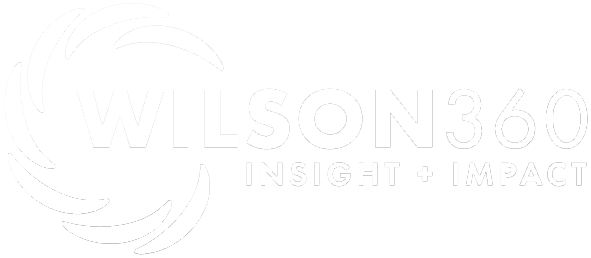
Your Inflation Survival Kit
Inflation is different this time. Manufacturing, supply and production chain issues haven’t caught up to pre-COVID levels. Overhead is high and morale is low. And global developments have had impacts that will take years to figure out. CEOs are stressed. Consumers are stressed. Everyone has an opinion on what to do.
This inflation/recession cycle is not my first. And while the causes may vary, strategies that have gotten me and my companies through every cycle successfully still hold the road.
In a surprise to no one, economists are concerned that we’ll slip into a recession in 2022 or 2023. The Fed has raised interest rates to slow the rate of inflation, which will cause a slowdown in the economy, weakening demand and resulting in a recession.
Although data varies from week to week, there are 15 things you can do now as market policy continues to evolve.
- Operate on two tracks. Be tactical about short-term priorities and strategic about long-term growth.
- Don’t expect a silver lining. Strengthen your balance sheet, reduce debt and build up cash.
- Understand the numbers. Stay on top of receivables. History tells us that clients will start to stretch out payments to conserve their cash. You need to be the squeaky wheel or they will take advantage of you.
- Stay close to your customers. Keep your eye on the real estate industry and watch for signs that residential/commercial customers are struggling, and adjust your services accordingly.
- Communicate. Make sure your employees receive regular communication on how conditions are affecting your business and what they need to do to help you deal with recessionary issues.
- Cut expenses. Trim costs without losing value. Can you change suppliers without sacrificing quality? Are there perks you could reduce? Not moving fast enough ends up with having to make deeper cuts later. Many regretted not moving proactively enough during the Great Recession of 2008.
- Watch for slow-down indicators. Since landscape is the last trade on construction jobs, you may still have a backlog but new projects are not starting. Landscape architects see a slowdown first.
- Manage inventory. Be very careful adding overhead. Better to work a little harder and to do without new inventory, or rent/lease equipment until the future is more certain.
- Hold off on increases. Resist giving pay increases until you can determine if you are going to be able to increase prices. The last couple of years, customers were approving price increases 10% to 15%, which has never happened before. Do not count on price increases to continue. When recessions happen, everyone tightens their belt.
- Eliminate waste. Wasted labor time through over-servicing jobs is one of the biggest cost-saving opportunities. Stop doing tasks that do not need to be done.
- Focus on ROI. During a recession, enhancement sales slow or drop off. Make sure your account management teams are proposing value, understand the math on enhancement ROI and are being sensitive to clients’ budgetary needs and their own downturn concerns.
- Expand your customer base. A business that has greater market diversity reduces risk.
- Diversify your marketing. Expand your corporate communications to draw fresh interest, include PR and promote your company as a win-win partner, not a service vendor. Focus on being relatable and authentic, address pain points and how your company can help.
- Establish a growth mindset. Engage your employees in brainstorming to foster innovation and ways to do things differently. Lead by example so your employees believe in your mission and the company’s future.
- Invest in technology. Technology is not overhead. It’s mission critical to improve systems and functions that hold costs down, increase agility, capacity and delivery and be competitive.
Our industry is bigger and better today despite decades of economic cycles and transformative events. With the advances in technology, manufacturing and innovation, we will continue to grow. The companies that are strong when the economy rebounds will have a leap frog advantage and can pick up market share while others struggle to get back up to speed.
Reprinted with permission. GIE Media. Lawn & Landscape September 2022 (c)

